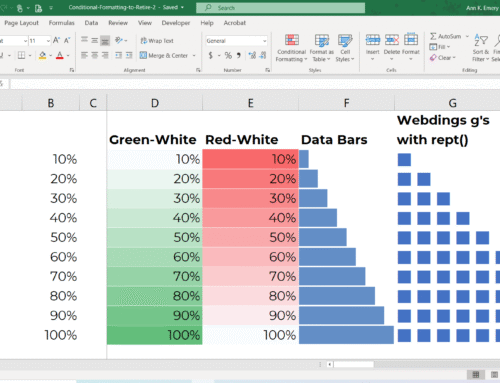
9 Tips for Building Scalable and Secure Web Applications for Business
Have you ever considered building a web application for your business?
These applications offer dozens of benefits, such as reaching your audience, increasing credibility, marketing digital products or services, and strengthening customer relationships.
However, building a web application is no easy feat. So, let’s explore some tips for building a modern, scalable, and secure web application to help your business remain resilient and trustworthy.
1. Design Modular Architecture
With a modular architecture, you can create flexible web applications that can be developed at any time.
Each component is also self-contained, allowing you to make changes to a single section without disrupting business operations.
Furthermore, modularity makes your application less prone to bugs because issues can be quickly isolated. This makes the application better prepared to meet evolving business needs.
2. Leverage Microservices and Serverless Architecture
Microservices help break down applications into smaller components. This allows you to manage and scale only specific parts.
Furthermore, consider a serverless architecture to handle volatile traffic loads. This solution will reduce costs because you only pay for what you use.
Besides cost-effectiveness, serverless speeds up the deployment process and automatically improves application performance. This approach can be an effective strategy for startups or emerging businesses.
3. Choose Reliable Backend Technology
The backend is equally important to consider. Therefore, use popular frameworks like Node.js, Django, or Spring Boot, which provide stable performance and are suitable for large-scale applications.
The right technology can impact development speed and ease of maintenance.
Don’t forget to also provide community support and comprehensive documentation so your team can troubleshoot any issues they encounter.
4. Optimize Database Selection
If your business implements a complex transaction system with high data consistency, then using an SQL database—such as MySQL or PostgreSQL—is the best choice.
Conversely, use a NoSQL database like MongoDB or Cassandra to store flexible, unstructured data.
You can also use hybrid systems to take advantage of the advantages of each database type.
5. Implement Input Validation From the Start
To minimize the risk of cyber threats, you must prioritize application security from the early stages of development.
One way to do this is by implementing input validation to prevent your web application from being easily compromised by attacks such as SQL injection.
Also, use ORM, or parameterized queries, as an additional layer of protection for your data. This way, all incoming data can be more controlled and secure.
6. Use HTTPS and SSL/TLS
In addition to input validation, use HTTPS with SSL/TLS to encrypt user data sent to the server. This step is important if your web application has a login page, supports financial transactions, or stores personal information.
5. Model Optimization
An optimizer—such as Adam or SGD—will use pre-computed gradients to refine the model weights. This is done to improve the accuracy of the prediction results at each iteration (epoch).
6. Use HTTPS and SSL/TLS
In addition to input validation, use HTTPS with SSL/TLS to encrypt user data sent to the server. This step is important if your web application has a login page, supports financial transactions, or stores personal information.
7. Build a Strong Authentication System
To log into your application, you need to create an authentication system. Implement authentication standards like JWT or OAuth2 for a more secure and scalable login system.
You can also add two-factor authentication (2FA) as an additional layer of protection, especially in the admin panel.
This way, your application will be less vulnerable to brute-force attacks or credential theft.
8. Conduct Regular Testing and Monitoring
You must test your web application continuously to ensure its scalability and security.
In this process, you can use automated testing methods such as unit tests, integration tests, and load testing to ensure optimal performance. Also, utilize tools like Jest, Cypress, or JMeter to detect bugs early.
Furthermore, monitor your application in real-time with APM tools like New Relic, Datadog, or Sentry. With an active alert system, your team can respond promptly to issues before they become more severe.
9. Prepare Backup and Disaster Recovery Strategies.
Finally, remember that system disruptions or cyberattacks can happen at any time. Therefore, you need to have a backup strategy in place.
Perform regular data backups and store them in a separate location. Ensure these files are encrypted to keep the data secure.
Furthermore, prepare a disaster recovery plan so your system can recover quickly after an unexpected incident. The right strategy can minimize downtime and prevent disruptions to your business operations.
It’s Time to Build a Scalable and Secure Web Application!
Those are some tips for building a web application that you can follow. By following the steps above, you can create a reliable and secure digital solution.
If you’re struggling and don’t have the time to build it yourself, you can outsource the web application development process to a provider like Digivoz.
Why choose Mitra IT?
• Expert Team: We have a team of experienced and creative technology experts.
• Comprehensive Solutions: We not only provide technology but also offer full support to ensure your business success.
• Focused on Results: We are committed to helping you achieve your business goals.
Don’t miss the opportunity to maximize your business potential!
Contact us now for a free consultation.


